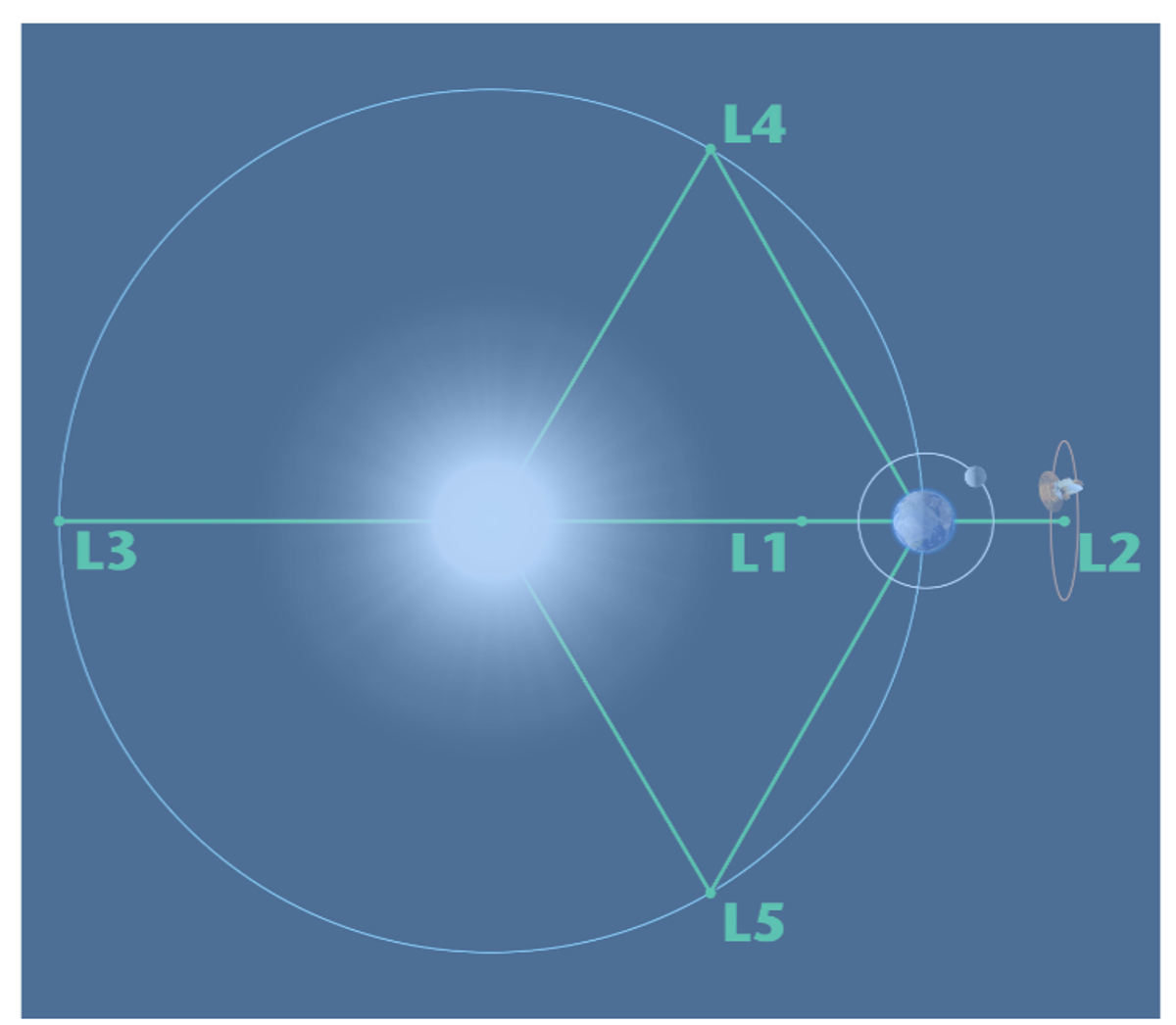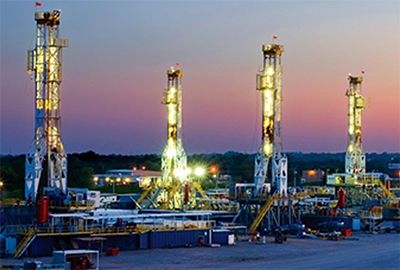
As the headlines pile up about our impending climate crisis — slowing ocean currents, melting poles, scorching heat, and decades long droughts — the idea that there is something bad going on is starting to sink in. There are lots of theories about what can be done about the climate disruptions that are occurring now on a daily basis all around the world.
One idea is to shoot great clouds of sulfur dioxide — the stuff that belches forth from volcanoes when they erupt — into the stratosphere to prevent some of the sun’s energy from reaching the surface of the Earth. Others include covering glaciers with reflective material to slow melting and painting rooftops and roadways white to reflect heat energy back into space.
Of course, we all know what the right answer is — stop burning fossil fuels. But that is inconvenient on so many levels, and nobody except some woke lunatics at places like CleanTechnica take that idea seriously. Since humans are bound and determined to ignore the problem for as long as possible, extraordinary measures may need to be taken to save us from ourselves.
Recently, the Biden administration signaled it was willing to listen to ideas about geoengineering. One notion that has been floated many times is placing what amounts to a gigantic beach umbrella into space to block some of the sun’s energy from ever reaching the Earth. Scientists calculate about a 1.7% reduction in sunlight ought to do the trick.
Climate & The L1 Lagrange Point

Image credit: NASA
The place for this celestial umbrella, according to theoreticians, is called the L1 Lagrange point that sits directly on a straight line between the Earth and the sun. NASA has more on this topic:
Lagrange Points are positions in space where the gravitational forces of a two-body system like the Sun and Earth produce enhanced regions of attraction and repulsion. These can be used by spacecraft as “parking spots” in space to remain in a fixed position with minimal fuel consumption.
There are five special points where a small mass can orbit in a constant pattern with two larger masses. The Lagrange Points are positions where the gravitational pull of two large masses precisely equals the centripetal force required for a small object to move with them. This mathematical problem, known as the “General Three-Body Problem” was considered by Italian-French mathematician Joseph-Louis Lagrange in 1772.
Of the five Lagrange points, three are unstable and two are stable. The unstable Lagrange points — labeled L1, L2, and L3 — lie along the line connecting the two large masses. The stable Lagrange points — labeled L4 and L5 — form the apex of two equilateral triangles that have the large masses at their vertices. L4 leads the orbit of earth and L5 follows.
The L1 point of the Earth-Sun system affords an uninterrupted view of the sun and is currently home to the Solar and Heliospheric Observatory Satellite SOHO. The L1 and L2 points are unstable on a time scale of approximately 23 days, which requires satellites orbiting these positions to undergo regular course and attitude corrections.
A sunshade positioned at the L1 Lagrange point would need to have a certain critical mass to avoid being shoved out of place. That critical mass would need to be at least a few million metric tons, according to a recent report by Politico. It would be fabulously expensive, time consuming, and difficult to transport and assemble that much material in space. For reference, the Hoover Dam weighs 6.6 million tons.
Theory Vs. Reality
István Szapudi is a theoretical cosmologist at the University of Hawaii. This month, he published a paper in the Proceedings of the National Academy of Sciences in which he claims to have an answer to how to construct the sunshade. He theorizes that we could just capture a passing asteroid and tow it to the L1 Lagrange point. That way, the asteroid would provide most of the weight needed to stabilize the sunshade. As a result, only another 35,000 metric tons would be needed to make the whole thing work.
Szapudi said his typical research field doesn’t include climate geoengineering. But during the pandemic, he happened to collaborate with other researchers on papers about Covid-19 economics and epidemiology and it changed his perspective. “I got the taste of trying to do something that helps to solve problems,” Szapudi said. “And climate change is one of the biggest problems facing humanity.”
He added that we might be able to use moondust for part of the ballast to hold a sunshade in place. My wife, who is not a scientist and has never played one on TV, suggested over dinner that if we vacuumed up all the space junk that people have put in orbit around the Earth since Sputnik I first went beep-beep-beeping its way across the heavens, there might be enough stuff already floating around up there to help get the job done.
Szapudi admits his interest is merely theoretical and that it would take an “army of engineers” to figure out how to actually build such a parasol in the sky. He also has no idea how much all this might cost or who would pay for it. That’s where the line between theory and reality gets rather blurry.

A Solution To The Climate Emergency
There is a solution to the climate emergency, of course, one that takes place right here on planet Earth and doesn’t involve shooting millions of tons of stuff into space. It’s called stop burning fossil fuels! Ta-Da! It’s brilliant in its simplicity and guaranteed to work.
It has only one drawback — humans would rather sacrifice their earthly home than suffer even a modicum of inconvenience. We need our gargantuan SUVs and trucks because, well…just because, that’s why. We need behemoth cruise ships that spew more carbon and particulate emissions than a small country. We need to be able to fly anywhere in the world at any time because that’s what leading a full and rich life requires. We need supertankers and container ships larger than the Grand Coulee Dam because that’s what keeps the global economy humming.
In other words, we would rather toy with ideas like placing a gigantic beach umbrella into space than do something to actually solve the problem because nothing can be allowed to disturb the lifestyle we have chosen that is powered by coal, oil, and methane.
The solution is clear. Why don’t we use it?
I don’t like paywalls. You don’t like paywalls. Who likes paywalls? Here at CleanTechnica, we implemented a limited paywall for a while, but it always felt wrong — and it was always tough to decide what we should put behind there. In theory, your most exclusive and best content goes behind a paywall. But then fewer people read it! We just don’t like paywalls, and so we’ve decided to ditch ours. Unfortunately, the media business is still a tough, cut-throat business with tiny margins. It’s a never-ending Olympic challenge to stay above water or even perhaps — gasp — grow. So …



